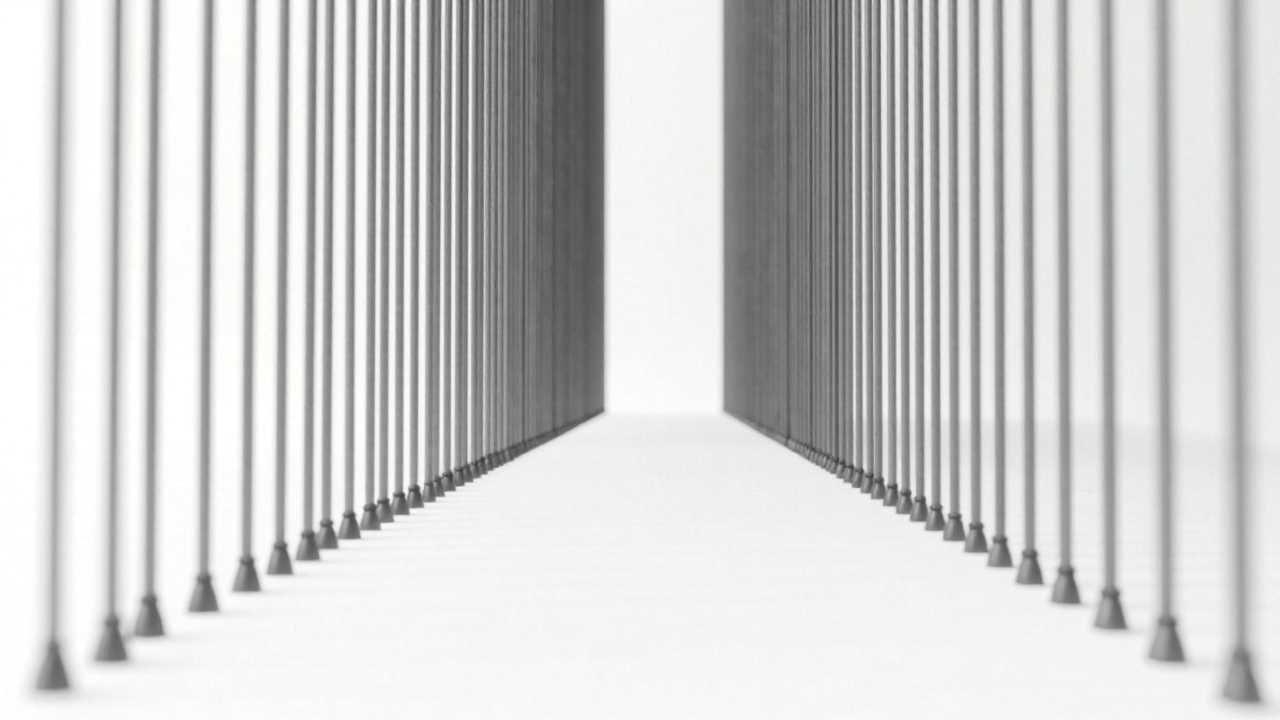
Understanding Vanishing Points in Sketching
Vanishing points are fundamental to creating a sense of depth in any drawing. They serve as the focal points where parallel lines appear to converge in the distance, allowing artists to depict three-dimensional space on a two-dimensional surface. By mastering the concept of vanishing points, artists can enhance their composition and create more realistic representations of the world around them.
In sketching, the placement of vanishing points can dramatically influence the viewer's perception of alignment and proportion. A single vanishing point is often used for scenes viewed straight on, while multiple vanishing points can be employed to depict more complex angles and perspectives. Understanding how to manipulate these points is crucial for achieving the desired visual effect.
The Role of Perspective in Sketching
Perspective is the technique that allows artists to convey depth and dimension in their work. By utilizing vanishing points effectively, artists can create a convincing illusion of space. There are several types of perspective to consider, including one-point, two-point, and three-point perspective.
In one-point perspective, all lines converge at a single vanishing point, which is typically located on the horizon line. This technique is ideal for depicting objects that are facing the viewer directly, such as roads or hallways. Two-point perspective involves two vanishing points, usually situated on the horizon line, and is commonly used for drawing buildings or objects at an angle. Three-point perspective adds a third vanishing point, either above or below the horizon line, allowing for dramatic views from high or low angles.
By understanding and applying these principles of perspective, artists can create sketches that draw the viewer in and provide a sense of realism.
Composition: Arranging Elements for Impact
Composition refers to the arrangement of visual elements within a drawing. A well-composed sketch guides the viewer's eye and creates a harmonious balance between different elements. When incorporating vanishing points, artists must consider how the placement of these points affects the overall composition.
Using vanishing points strategically can help create a sense of movement and direction within the artwork. For example, leading lines that converge at a vanishing point can draw the viewer's attention to a specific area of the sketch, creating a focal point. Additionally, varying the size and placement of objects in relation to the vanishing points can enhance the sense of depth and proportion in the composition.
Artists should also pay attention to negative space, which is the area around and between the subjects of the drawing. Effective use of negative space can enhance the overall composition and contribute to the sense of balance and harmony.
Depth: Creating a Three-Dimensional Feel
Achieving a sense of depth in a sketch is essential for creating a realistic representation of the subject matter. Vanishing points play a crucial role in this process, as they help establish the spatial relationships between objects in the drawing.
To create depth, artists can employ techniques such as overlapping, size variation, and atmospheric perspective. Overlapping involves placing one object in front of another, which helps to establish a sense of layering. Size variation refers to drawing objects smaller as they recede into the background, reinforcing the illusion of depth. Atmospheric perspective involves using color and value changes to suggest distance, with objects appearing lighter and less detailed as they move further away.
By combining these techniques with the strategic placement of vanishing points, artists can create sketches that feel dynamic and immersive.
Shading Techniques to Enhance Realism
Shading is a vital aspect of sketching that adds dimension and realism to the artwork. Effective shading techniques can enhance the perception of depth and form, making the drawing appear more lifelike. When working with vanishing points, artists should consider how light interacts with objects in relation to these points.
One common shading technique is hatching, which involves drawing parallel lines to create tonal variation. Cross-hatching, where lines intersect, can further deepen shadows and add texture. Stippling, or using dots to create shading, can also be effective for achieving subtle gradations of tone.
When shading, artists should pay attention to the light source and how it affects the objects in the sketch. Shadows should be cast in the direction opposite the light source, and the intensity of the shading should vary based on the object's proximity to the light. By incorporating shading techniques that align with the vanishing points, artists can create a cohesive and realistic representation of their subject.
Proportion: Maintaining Balance in Your Sketch
Proportion is the relationship between the sizes of different elements within a drawing. Maintaining accurate proportions is essential for achieving a realistic representation of the subject matter. When working with vanishing points, artists must consider how the placement of these points affects the perceived proportions of objects in the sketch.
To ensure accurate proportions, artists can use a technique called sighting, which involves measuring the dimensions of objects in relation to one another. This can be done using a pencil or a ruler to compare sizes and angles. Additionally, artists should be mindful of the effects of perspective on proportion, as objects closer to the viewer will appear larger than those further away.
By carefully considering proportion in relation to vanishing points, artists can create sketches that feel balanced and harmonious.
Mastering the art of vanishing points is essential for any artist looking to enhance their sketching techniques. By understanding the principles of perspective, composition, depth, alignment, shading, and proportion, artists can create compelling and realistic drawings that captivate viewers. Through practice and experimentation, artists can refine their skills and develop a unique style that showcases their understanding of these fundamental concepts.
 Writing TipsCreative WritingJournalingSketching TechniquesBuying GuidesPrivacy PolicyTerms And Conditions
Writing TipsCreative WritingJournalingSketching TechniquesBuying GuidesPrivacy PolicyTerms And Conditions
